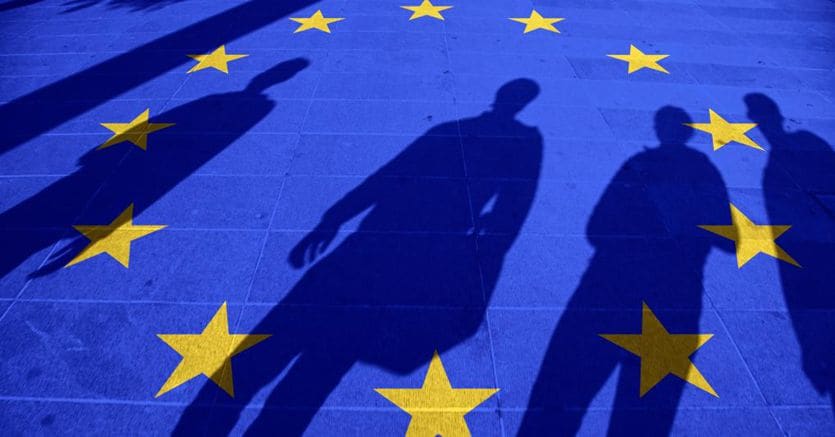The rush of energy slows down the issuance of green bonds: the Eurozone stops at 49 billion

The race in energy prices is holding back green emissions. After a 2021 characterized by high growth in green bonds, which in the Eurozone had substantially doubled from €26bn to €50bn last year, supply has dropped to €49bn. On the other hand, the increase in energy prices was also reflected in renewables, further contributing to the slowdown in investments. This is what emerges from the photograph taken from the Intesa Sanpaolo report just published and which underlines how for 2023, the decrease in uncertainty «on the economic outlook and the achievement of a more mature phase of the restrictive cycle in the euro area should encourage a recovery in bond issues».
However, the study underlines how growth is conditioned «by the subordination of emissions to the identification of public investments aimed at promoting environmental sustainability in line with international and European principles. Furthermore, the Pnrr of the Member States provide that at least 37% of the resources be dedicated to climate-related reforms and investments, lowering the expenditure that can be financed through green government emissions".
Intesa Sanpaolo economists expect a limited increase in green emissions in the euro area in 2023 to 57 billion euros. Moreover, the REPower-Eu program launched in March last year by the European Commission with the aim of increasing independence from fossil fuels and encouraging greater diversification of supply sources, could lead to an increase in green emissions in the European Union . The plan provides for 210 billion of investments to be completed by 2027. The Recovery Resilient Facility represents the main source of funding for the plan through the additional funding funds amounting to 225 billion euros that member states have the possibility to request in the form of loans and new transfers for 20 billion euros financed through the proceeds of the sale of the shares of the ETS emissions trading system.
The European Central Bank could contribute to supporting investments, and returns, which has focused its role on supporting the climate transition as announced in the Climate Action Plan presented in July 2021.
As for Italy, 8 billion green government bonds were issued last year: a figure that places the country in third place in the euro area behind France (9.5 billion bonds, compared to 15 billion in the 2021) and Germany (which this year will issue up to 17 billion euros). «The debt guidelines – concludes the Intesa Sanpaolo study – envisage a green emissions target for 2023 higher than those achieved last year. The issue of a new bond and the reopening of bonds already in circulation are envisaged».










